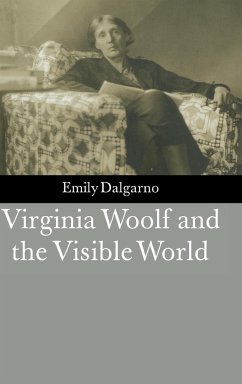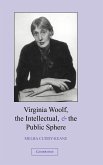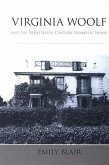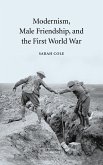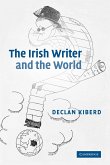In Virginia Woolf and the Visible World, Emily Dalgarno examines Woolf's engagement with notions of the subject and codes of the visible. Dalgarno examines how Woolf's writing engages with visible and non-visible realms of experience, and draws on ideas from the diverse fields of psychoanalytic theory, classical Greek tragedy, astronomy, photography and photojournalism. The solar eclipse of 1927 marks a dividing line in Woolf's career, after which she portrayed the visible world in terms of light, and shifted her interest from painting to photography. Dalgarno offers textual analyses of Woolf's individual works, including To the Lighthouse, The Waves and Three Guineas, arguing for the importance of her ongoing interest in Greek translation. In later chapters, she explores the theory of the subject that emerges from Woolf's representation of the visible in her autobiography.
Table of contents:
Preface; 1. The hiding places of my power: Woolf's optics; 2. On the far side of language: Greek studies, and Jacob's Room; 3. No God of healing in this story: Mrs Dalloway and To the Lighthouse; 4. Solar light and darkness: The Waves; 5. The person to whom things happened: 'A sketch of the past'; 7. Ruined houses and dead bodies: Three Guineas and the Spanish Civil War; Notes; Bibliography; Index.
In Virginia Woolf and the Visible World, Dalgarno examines Woolf's engagement with notions of the visible. Dalgarno examines how Woolf's writing engages with visible and non-visible realms of experience, and draws on ideas from the diverse fields of psychoanalytic theory, classical Greek tragedy, astronomy, photography and photojournalism.
Dalgarno examines Woolf's engagement with notions of the visible.
Table of contents:
Preface; 1. The hiding places of my power: Woolf's optics; 2. On the far side of language: Greek studies, and Jacob's Room; 3. No God of healing in this story: Mrs Dalloway and To the Lighthouse; 4. Solar light and darkness: The Waves; 5. The person to whom things happened: 'A sketch of the past'; 7. Ruined houses and dead bodies: Three Guineas and the Spanish Civil War; Notes; Bibliography; Index.
In Virginia Woolf and the Visible World, Dalgarno examines Woolf's engagement with notions of the visible. Dalgarno examines how Woolf's writing engages with visible and non-visible realms of experience, and draws on ideas from the diverse fields of psychoanalytic theory, classical Greek tragedy, astronomy, photography and photojournalism.
Dalgarno examines Woolf's engagement with notions of the visible.

